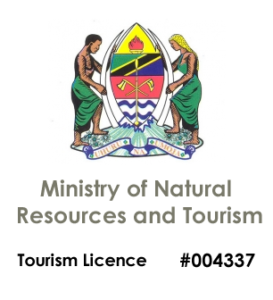
Destination Details
- Title : Lake Manyara National Park
- Category : Nothern Circuit
- Area : 330 sq.km
- Location : Manyara Region
-
Activities :
Birdlife
Wildlife
Overview
Lake Manyara is a shallow alkaline lake at an altitude of 960 m (3,150 ft), formed in a depression in the Rift Valley System. When full, the lake is a maximum of 10 ft (3.0 m) deep and covers two-thirds of the park. The lake has no outflow, but is fed by underground springs and by several permanent streams that drain surrounding Ngorongoro Highlands. The lake’s depth and the area it covers fluctuates significantly. In extreme dry periods the surface area of the lake shrinks as the waters evaporate and at times the lake has dried up completely.
Populations of large migratory mammals that are concentrated primarily in Tarangire National Park, but also move through Lake Manyara National Park include wildebeest, zebra, Thomson’s gazelle and Grant’s gazelle. Large herds of wildebeest and other plains game from the Mto wa Mbu Game Controlled Area enter the park from the north for short periods.





